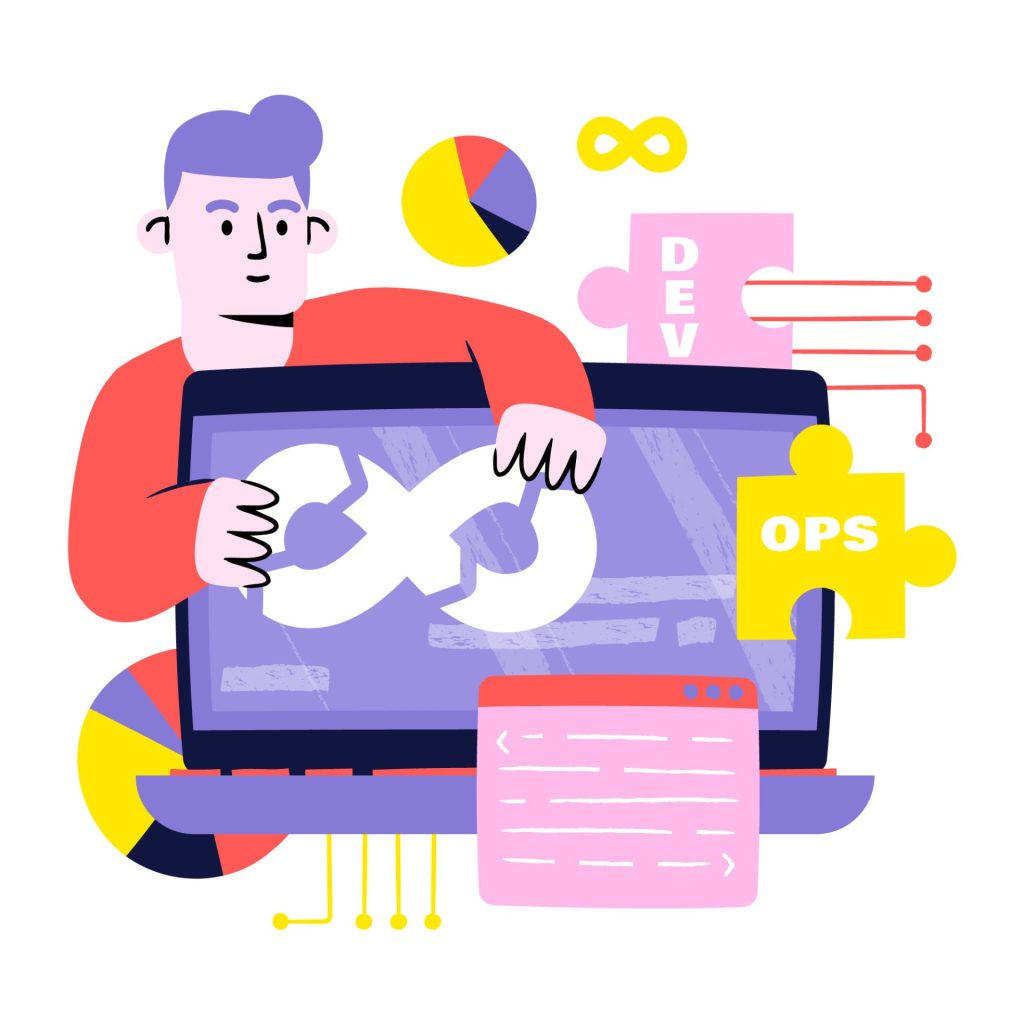The art of programming
In the technological world, the Web development has become a fundamental part of the success of any online business. To provide a smooth and functional user experience, it is essential to have FullStack developers who can address all aspects of the development process, from the beginning to the end of web use. In this sense, the art of FullStack development is a powerful and sought-after skill that fosters innovation and efficiency.
FullStack development involves a combination of two main areas: frontend and backend. The user interface deals with the visible part of the application, that is, the user interface with which the user interacts directly. Technologies such as HTML, CSS and JavaScript come into play here, allowing you to create attractive and functional designs. On the other hand, the backend is responsible for data management and business logic. Programming languages such as Python, Ruby or Node.js are used, as well as frameworks and tools that support efficient server development.

FullStack Development
Developing with FullStack allows professionals a Complete and deep insight into the operation of the entire web application. They can design intuitive interfaces, optimize server performance, and manage databases efficiently. Additionally, by having both front-end and back-end information, FullStack developers can communicate and collaborate more effectively with design teams, business analysts, and other team members.
Mastering the art of FullStack development requires a combination of technical skills and a holistic approach. It is important to understand the fundamentals of programming and software architecture, as well as keep up to date with the latest trends and technologies in the field of web development. Some of the key skills a FullStack developer should have include:
- Solid knowledge of HTML, CSS and JavaScript to create attractive and interactive interfaces.
- Experience working with server-side programming languages such as Python, Ruby or Node.js as well as popular frameworks such as Django, Ruby on Rails or Express.-
- Familiar with databases and query languages, such as MySQL or MongoDB, to efficiently store and manage application data.
- Ability to work with development tools and technologies such as Git, Webpack and API, for workflow optimization and system integration.
- Problem-solving and teamwork skills, as FullStack development often involves collaborating with other professionals to create a complete application.
If you want to become a FullStack developer, there are many resources available to help you achieve your goals. From online courses to specialized books and developer communities, there are many opportunities to learn and practice your skills. Besides, FullStack development is an ever-changing field, meaning there are always new technologies and tools to explore and master.

The Demand for FullStack developers continues to grow as companies look for professionals who can lead projects from user interface design to business logic implementation. These professionals are valuable assets who can provide innovative and effective solutions to engineering challenges.
If you want to embark on the adventure of becoming a FullStack developer, I recommend that you Start by learning the basics of web programming, then explore the most popular technologies and frameworks. Practice and experience are key to solidifying your skills and building a solid knowledge base.
Remember that FullStack development is a constantly changing field, so you should always be prepared to learn and adapt to new trends and technologies.
In short, discovering the power of FullStack development opens the door to a world of possibilities in web development. Take advantage of available resources and maintain an attitude of constant learning to become an expert in the art of end-to-end programming. The future of web development is in your hands!
Discover at EIP our Full Stack Professional Master's Degree in Web Development.




































